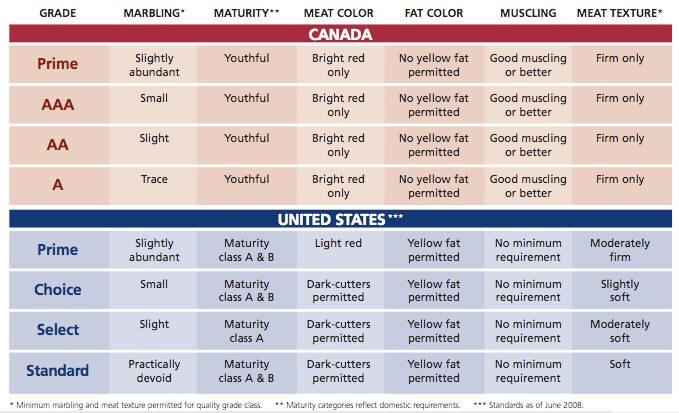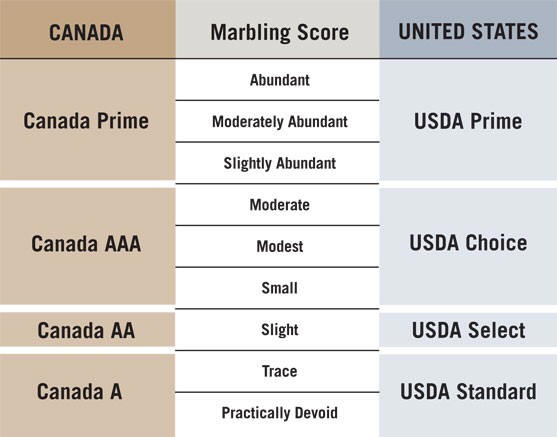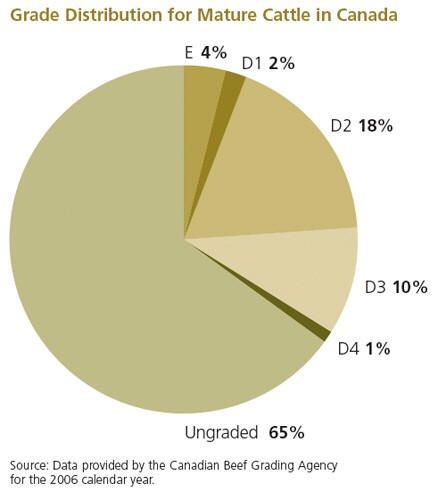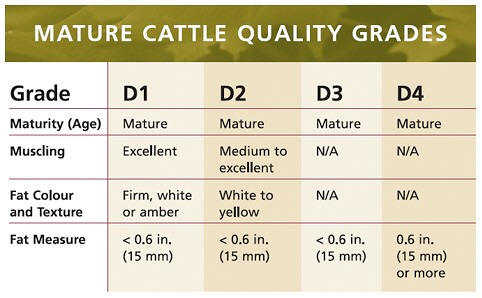
Wendy's Cheesy Meatballs
Makes 8 servings
You can make your meatballs any size you want, and they can be ready in a pinch. They freeze beautifully and will last up to 3 months in the freezer or 5 days in the refrigerator.
2 pounds ground beef
2 cups shredded Cheddar cheese
1 cup chopped green beans
1 cup chopped carrots
1 cup peas
1/2 cup rolled oats
1/2 cup chopped fresh parsley, or 2 2/3 tablespoons parsley flakes
1/2 teaspoon kosher salt
2 cups cooked brown rice
1 1/2 cups Parmesan cheese
8 tablespoons plain wheat germ
8 teaspoons olive oil
1. Preheat the oven to 350 degrees.
2. In a large mixing
bowl, mix together the ground beef, Cheddar cheese, vegetables, rolled oats,
parsley, salt,
and rice.
3. In another mixing bowl, mix together the Parmesan cheese and wheat germ.
4. Take a heaping
tablespoon of the meat mixture and roll it into a meatball shape; then roll it
in the Parmesan-
wheat germ mixture. Repeat with the remaining meat mixture.
You should end up with 20 to 40 medium-sized
meatballs.
5. Heat the olive oil
in a saute pan over medium-high heat. Saute the meatballs in the oil for about
15 minutes,
or until a nice golden crust forms to seal in the juices. The
meatballs will continue browning and will cook
through in the oven.
6. Place the meatballs in a Pyrex baking dish and bake for 1 hour. Let cool and serve.
All About Beef
The United States Department of Agriculture (USDA) grades beef on three factors:
1) confirmation (the portion of meat to bone)
2) finish (the portion of fat to lean meat), and
3) overall quality.
The UDSA's three top grades are prime, choice, and select. These grades are what are commonly available to us as consumers. Prime beef is usually found in upscale meat shops and supermarkets and at fine restaurants.
When it comes to buying beef, choose meats that are bright red in color. Make sure that the cut you purchase has marbling—flecks or streaks of fat in the meat, which make it tender—but not too much. When storing beef, keep it in airtight packaging.
If you are wrapping ground beef to freeze it, leave it in the shrink-wrap, and then wrap it for the freezer. Meat should be kept in the coldest part of the refrigerator, and only for 2 days. When wrapped in airtight packaging, beef will keep for up to 3 months in the freezer.
If you can't find all-natural beef—made without growth hormones, antibiotics, and other chemicals—opt for prime or choice cuts.
Quality Grade Standards for Youthful Cattle

Marbling Standards for Youthful Cattle

Canadian Grading Standards for Mature Cattle
In addition to the grades for youthful cattle, Canada also has quality grades for mature animals. Bulls are assigned an E grade and cows are placed into one of four D grades.
Canada’s D1 grade requires excellent carcass muscling, firm white or amber fat and less than 15 millimeters (mm) or just over 9/16th of an inch fat depth.
D2 requires medium to excellent muscling, white to yellow fat and less than 15 mm fat depth.
The D3 grade is assigned to carcasses with low levels of muscling
while D4 grades indicate a fat depth of greater than 15 mm. It is also possible to purchase ungraded Canadian beef.
Commercial Beef Grading The majority of Canadian beef from mature cattle is sold as ungraded product. Cows that are graded are placed into one of the four Canada D grades.
The standards for Canada D1, D2, D3, and D4 are shown below, and consider muscling and maturity, as well as the amount and quality of the fat.
D1cattle are generally considered the most desirable and approximate the USDA Commercial grade for cows.
Animals assigned to the USDA Canner & Cutter classification would be most similar to those placed into the Canada D3 grade. Bulls are placed into the Canada E grade.
Grade Distribution for Mature Cattle in Canada.

Mature Cattle Quality Grades

